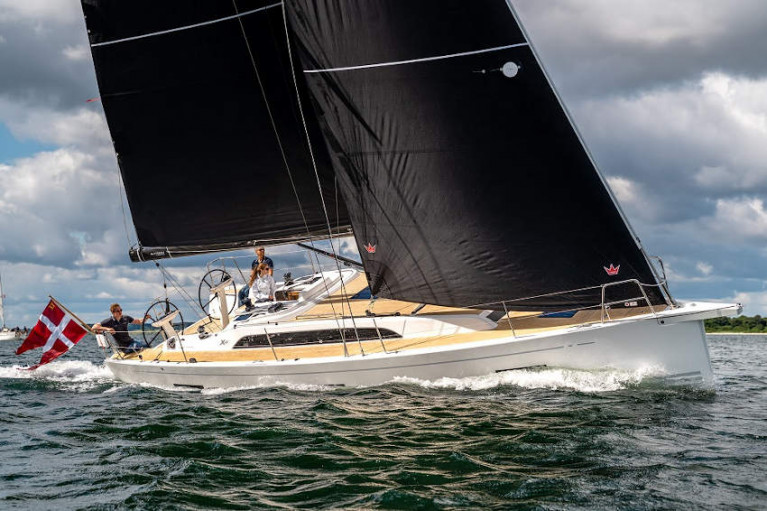Displaying items by tag: Solent Cup
The South Coast Boat Show is almost here — and X-Yachts will be on hand to welcome you to come and experience in person the soul and heritage of their brand.
As previously reported on Afloat.ie, both the Pure X (represented by the X4³) and new X-Power (in the form of the X-Power 33C) ranges will be on show at the Ocean Village Marina in Southampton from Friday 6 to Sunday 8 May.
To book a private appointment, get in touch with Debbie Weldon — and book your complimentary ticket to the show HERE.
Then the following weekend, X-Yachts owners will gather in Hamble for the 2022 Solent Cup hosted by the Royal Southern Yacht Club. The regatta is set to deliver a fun, competitive programme of racing exclusively for X-Yachts’ owners and crew.
X-Yachts GB & IRL has announced that its Solent Cup event originally scheduled for this spring has been pushed back a year due to the ongoing concerns surrounding Covid-19.
In a statement, the Danish boat builder said: “Taking into consideration the feedback from all of you and given the uncertainty surrounding the current situation with COVID-19, we believe it is pertinent and prudent to postpone the 2020 X-Yachts Solent Cup.
“Therefore, we are rescheduling the event for 2021. New dates 30th April to 2nd May 2021 — please pencil this into your calendars now and let’s get as many of you as possible joined up so that we make it a great event next year.”
X-Yachts also confirmed its production facility in Denmark remains operating as normal, with added hygiene measures. Outdoor viewings continue onboard new and brokerage yachts. However, new yacht deliveries will not take place on its premises for at least the rest of this year.
Hamble-based yachts can also be viewed remotely via FaceTime or Skype; email [email protected] for details.
“Our focus at this time is to try to maintain our service schedules so we are asking that all physical contact with our staff is reduced to a minimum,” the statement added. “We love catching up with our X-Yachts family but ask that you call or email with your sailing plans and news.
“If works are being carried out on your yacht, we will continue to send updates via email and are happy to discuss progress on the telephone. If you have works that are not yet scheduled and wish to talk through with an engineer, this again can be done via email or telephone conversation as normal.
“We are working hard to meet the relaunch schedules for all our service boats, but it is important to note that we are unable to bring forward any launches.”





























































